5 digit intelligent digital display controller has functions such as zero tracking, automatic zero clearing when power on, which can be used for measuring pressure, impact force, tension and weight. This digital panel meter can connect with load cells for data comparion.
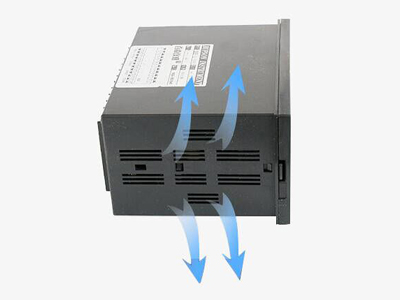
Hollow heat dissipation
5 digital display controller has large-area hollow heat dissipation design, maintaining good breathability, and effectively ensuring product safety.
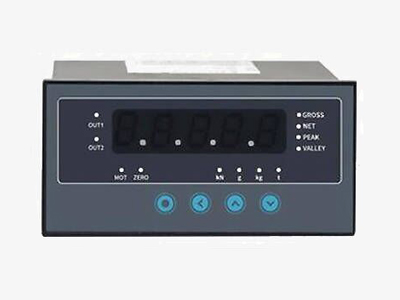
Four measurement units
The four units of KN, G, KG and T available, with the one-click zero function, and implement the-key peeling function.
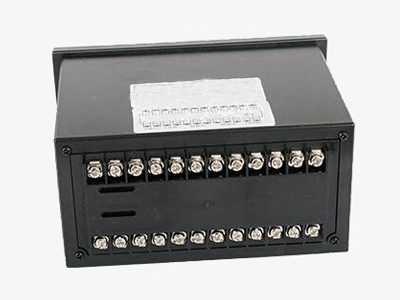
Terminals
Display Controller has a detailed wiring diagram, which is more convenient to wiring. The reliable wiring terminal and flame retardant plastic terminal protective case make weight controller's performance more reliable.
Applications
sisco 5 digit display controllers can be used for any functional force value sensors, such load cells, force sensors and weighing sensors.
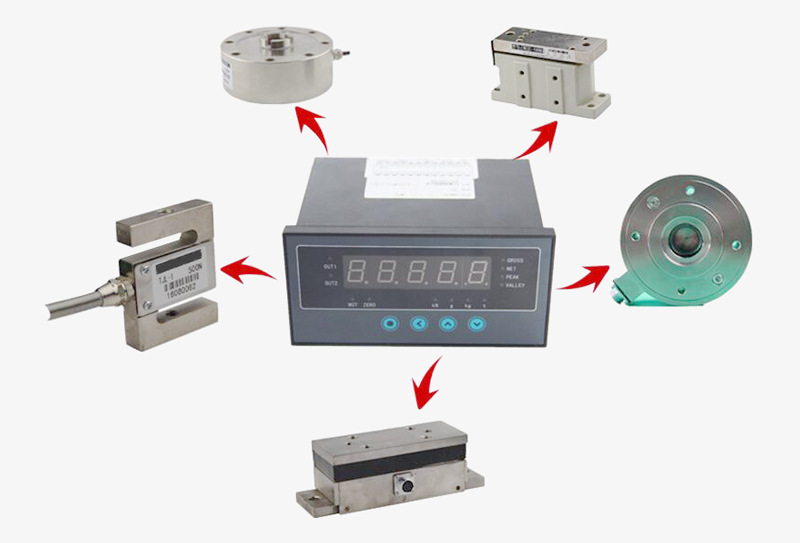
| Basics | Model | SISCO-DDC5-CHB |
| Dimension | A: 160*80*125mm horizontal, hole size 152*76mm | |
| Shipping weight | 2 kg | |
| Technical parameters | Display | -19999~99999 |
| Measurement accuracy | 0.05% | |
| Measuring speed | 10 times/second | |
| Display method | 5 digit LED display | |
| Instrument power supply | 100-240VAC, 50/60Hz | |
| Input signal | ±25mV | |
| Indicator light definition | Alarm 1, alarm 2, MOT, zero, gross, net, peak, valley, t, kg, g, kN | |
| Alarm | Two alarm outputs | |
| External power supply | 10V precision power supply | |
| Working temperature | -25~+80℃ (-13~+176℉) |
Wiring diagram
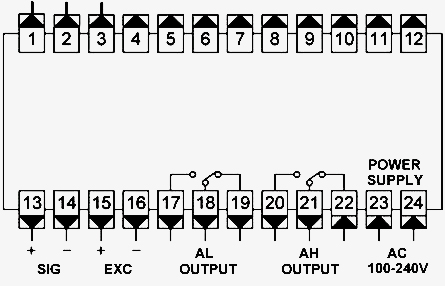
Q1: What is a digital panel meter?
A1: The digital panel meter displays the voltage, current value or other standard signal transmission display value in the electrical circuit by digital direct reading; the product has the advantages of good stability, strong anti-interference, high cost performance, and the product is small in size and can be directly replaced original pointer meter.
Q2: What are the functions of digital panel meters?
A2: Digital panel meters can be categorized by type, size, style or other criteria. Understanding the functions of the digital panel meter is an important factor in choosing it. Commonly used functions are ammeters, voltmeters, frequency meters, power meters, energy meters, counters, timers, thermometers, process meters and controllers.
Q3: What are the advantages of digital panel meters?
A3: The digital panel meter directly displays the measured value or deviation value by digital quantity, which is clear and intuitive, easy to read, and will not produce parallax. Digital panel meters generally use large and medium-scale integrated circuits, with simple circuits, good reliability and good shock resistance. Because of the common modular design method for instruments, that is, digital panel meters are mostly composed of a small number of modular circuits with separated functions, so they are conducive to manufacturing, debugging and maintenance.
Tips: How to determine whether the measurement of the 5 digit display controller is correct?
Connect a few load cells to the display controller. One person stands beside several load cells and checks whether the value of the weight controller is the same. This method is very simple and effective. If the data displayed by each sensor is different, there is a difference in angle. At this time, the height of each sensor should be adjusted to eliminate angle differences. If there is no angle difference, but the data is not correct, it needs to be recalibrated.
Thank you for buying industrial test and measurement equipment on SISCO.com, all products sold by SISCO and the partner cover a 12 months warranty, effective from the date of receiving the products.
What is covered?
SISCO is responsible for providing free spare parts, and free technical support to assist the customer to repair the defective products until the problem is solved.
What is not covered?
- Product purchased from anyone other than a SISCO store or a SISCO authorized reseller.
- Expendable parts.
- Routine cleaning or normal cosmetic and mechanical wear.
- Damage from misuse, abuse or neglect.
- Damage from use of parts other than SISCO approved.
- Damage from use outside the product’s usage or storage parameters.
- Damage from use of parts not sold by SISCO.
- Damage from modification or incorporation into other products.
- Damage from repair or replacement of warranted parts by a service provider other than a SISCO authorized service provider.
- Damage caused by the application environment not meeting the product usage requirements and the failure to perform preventive maintenance.

